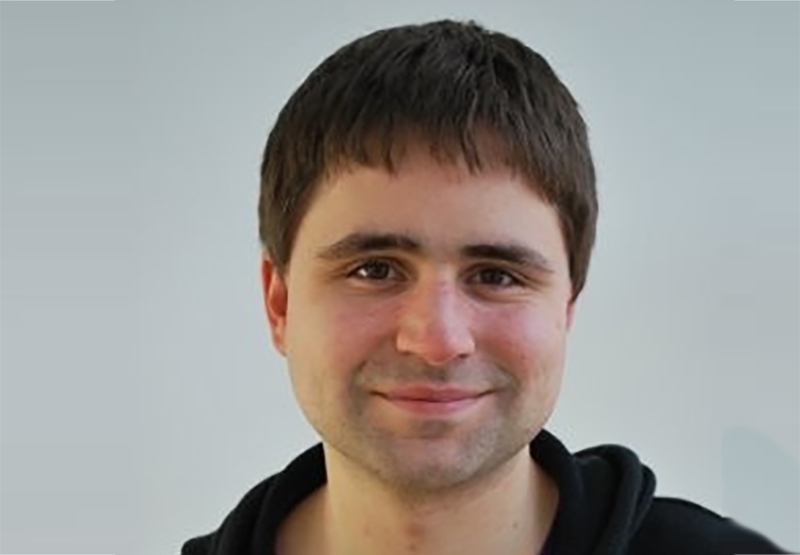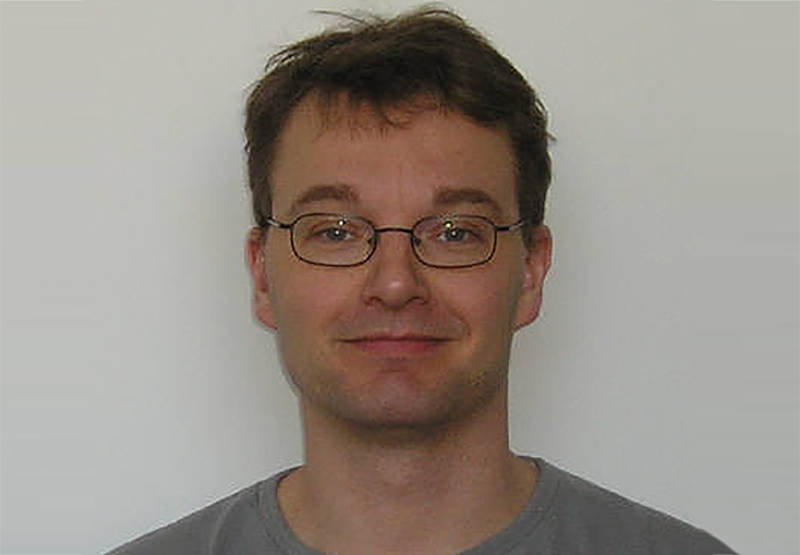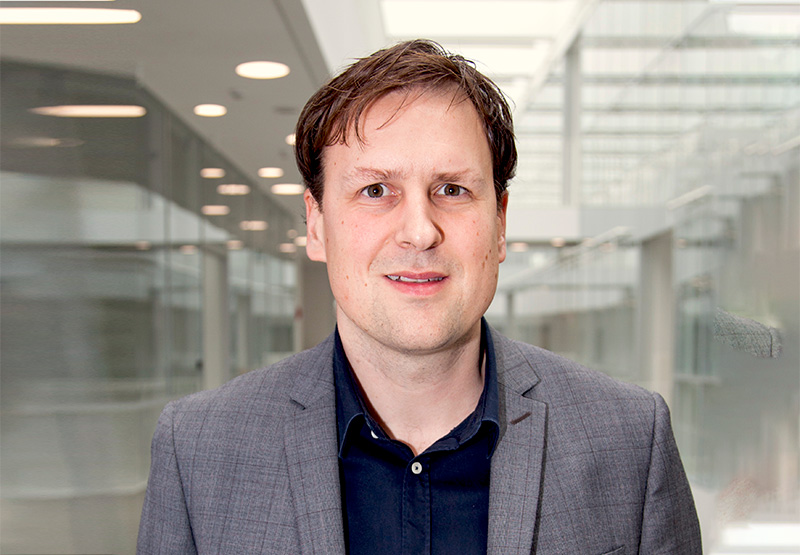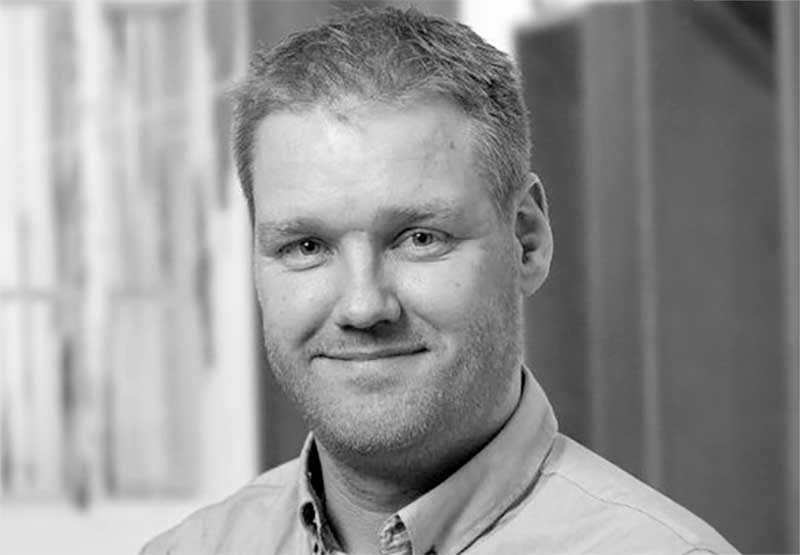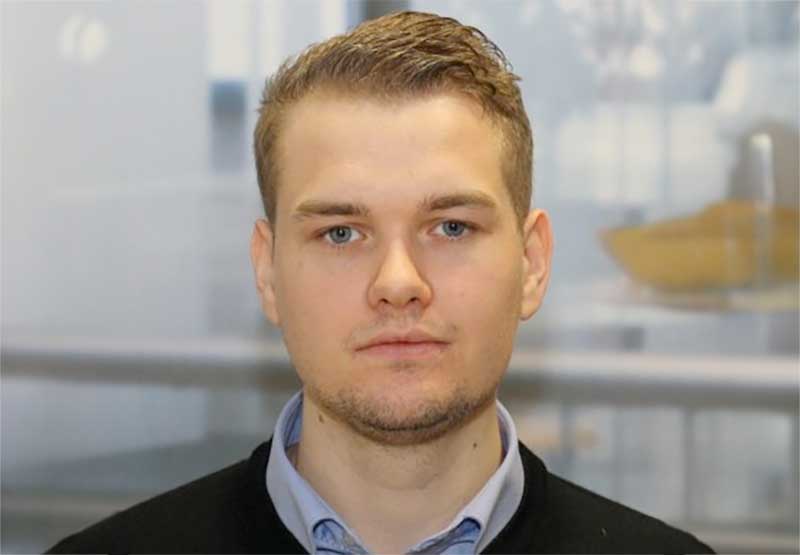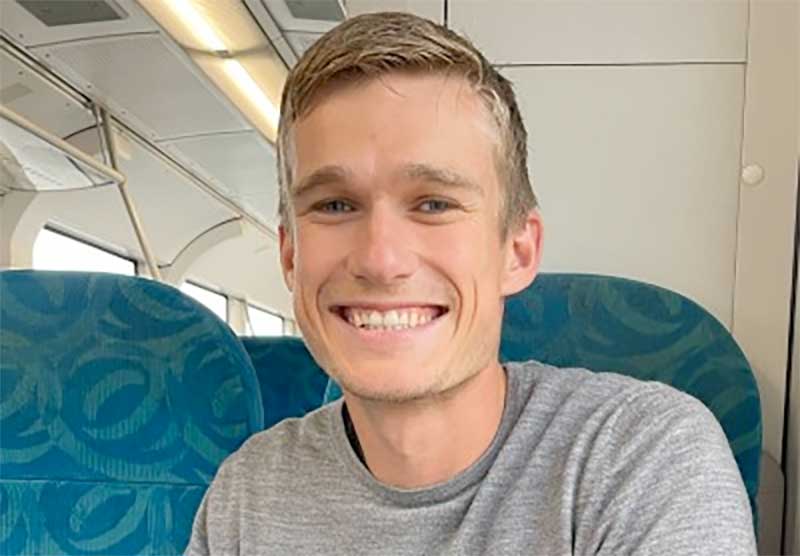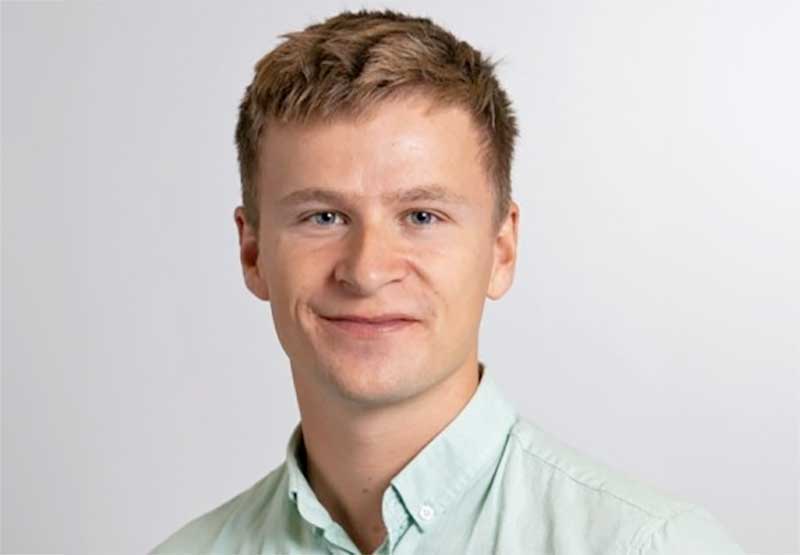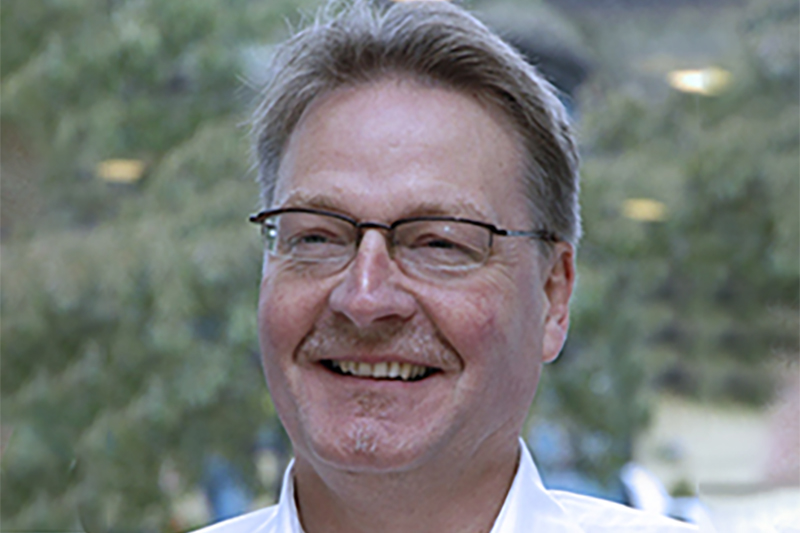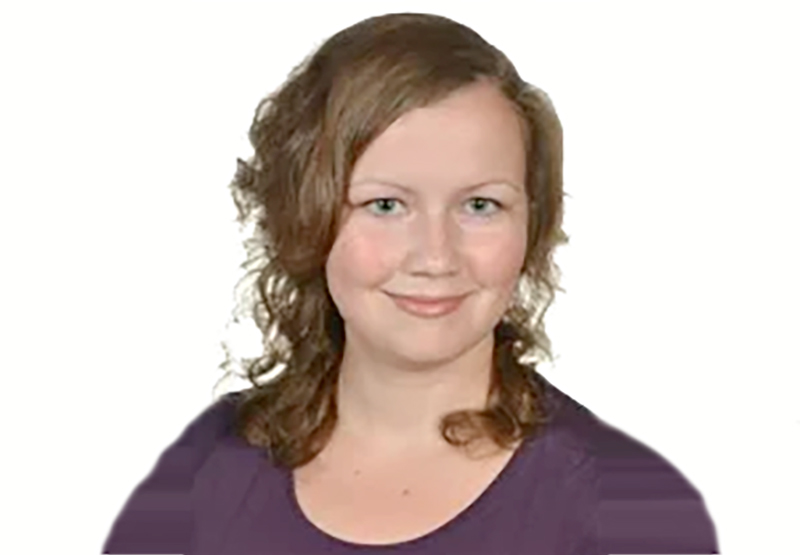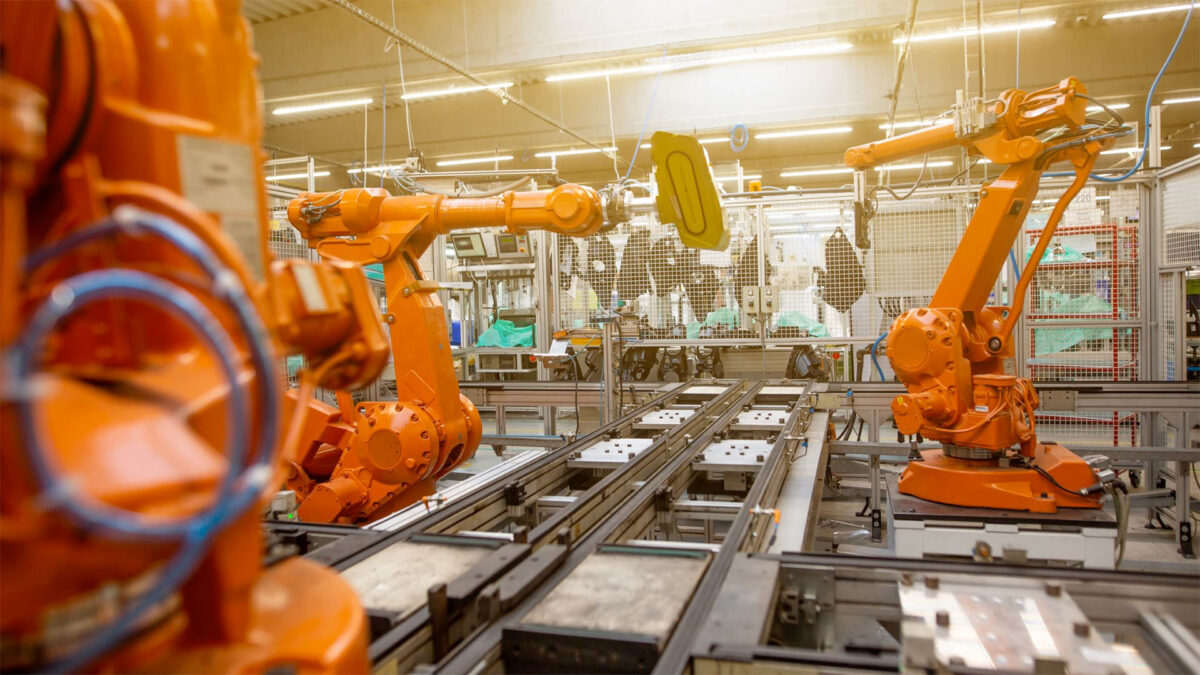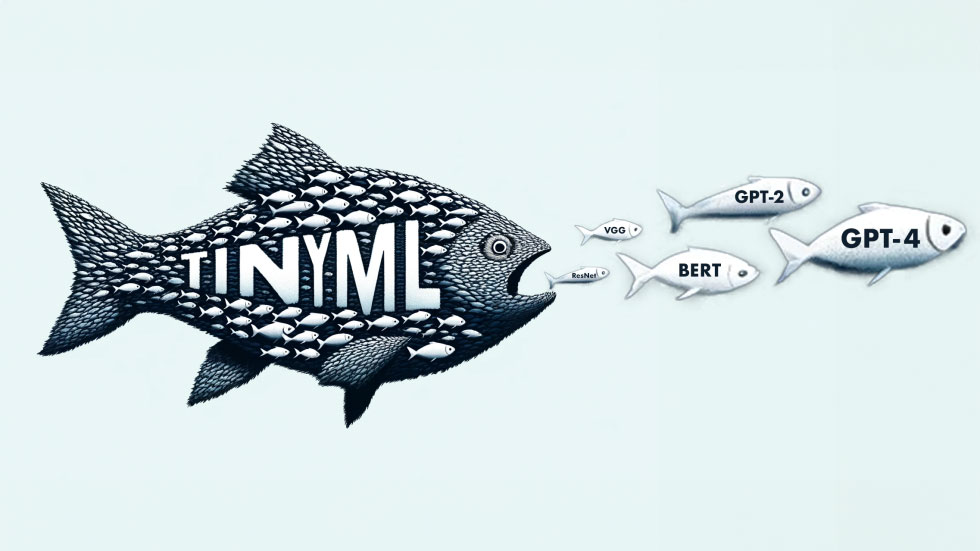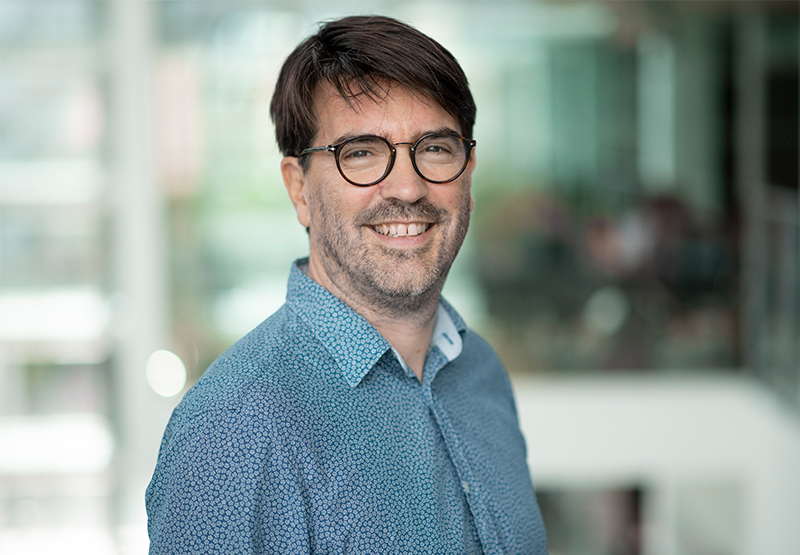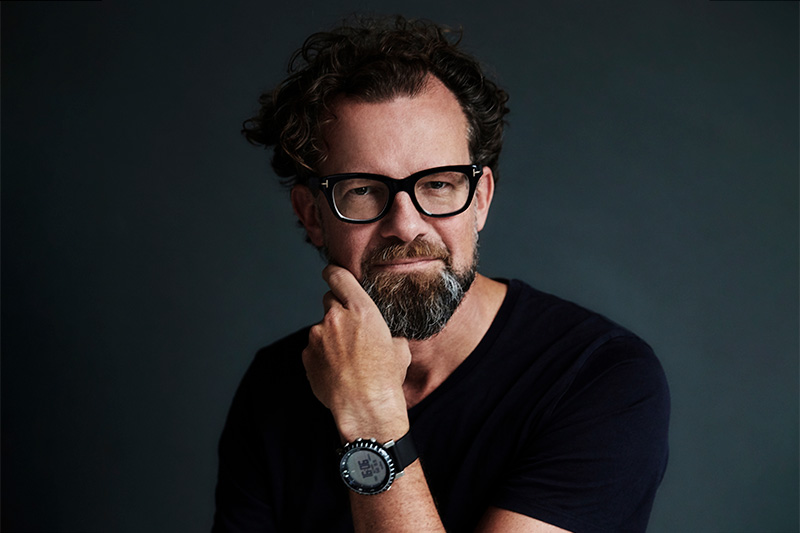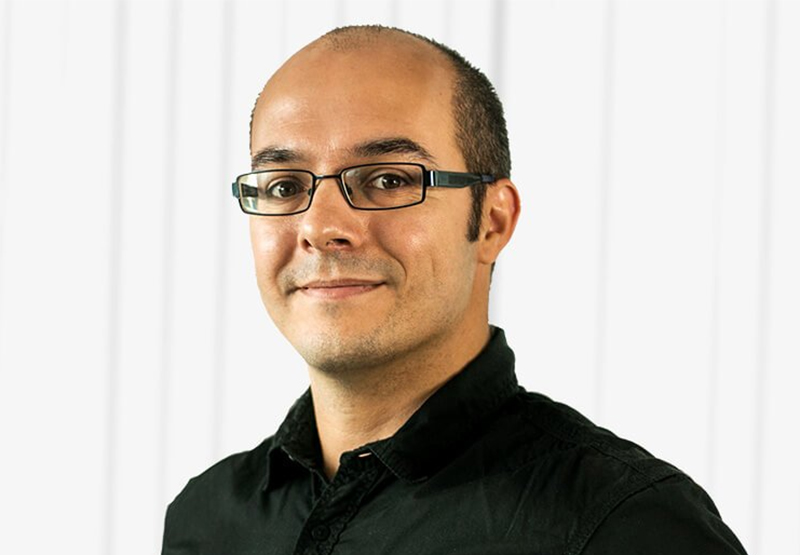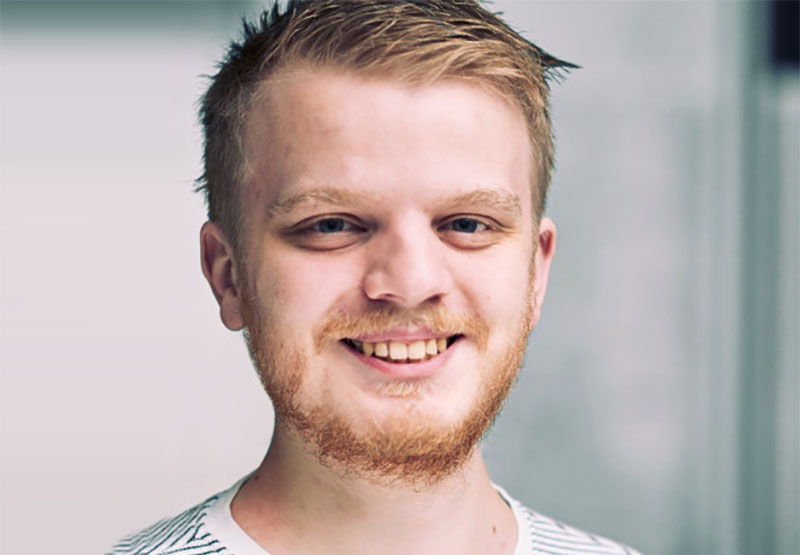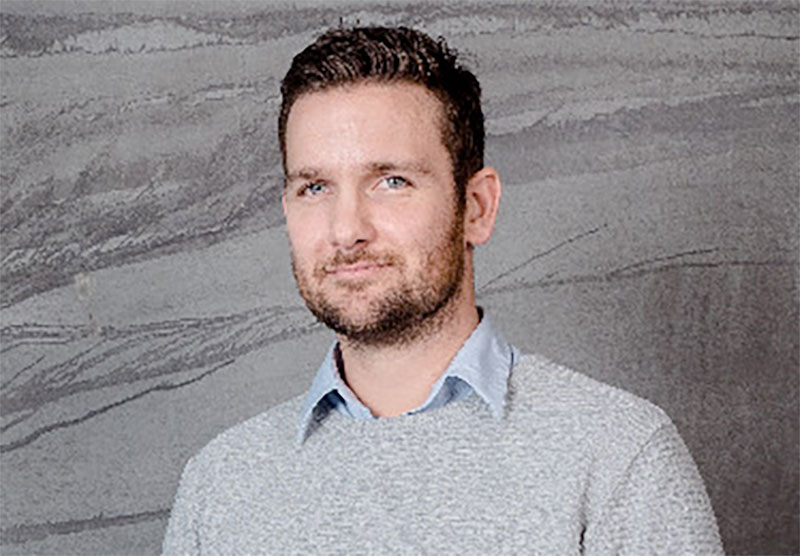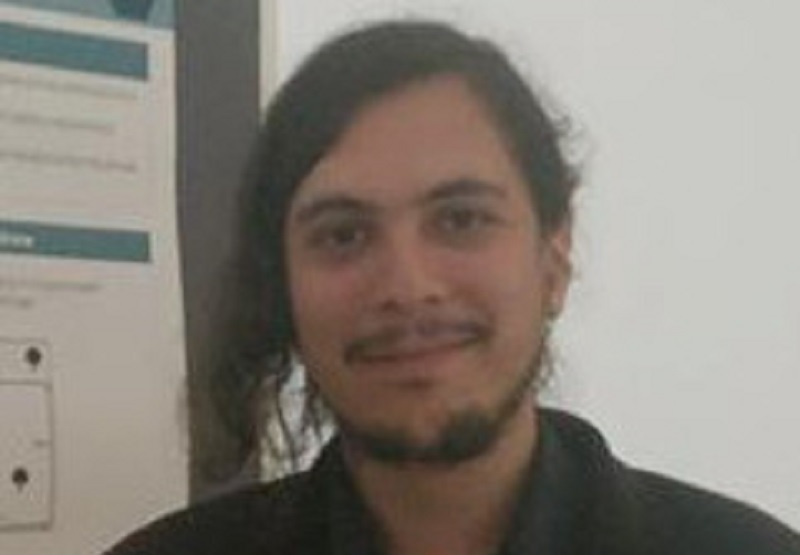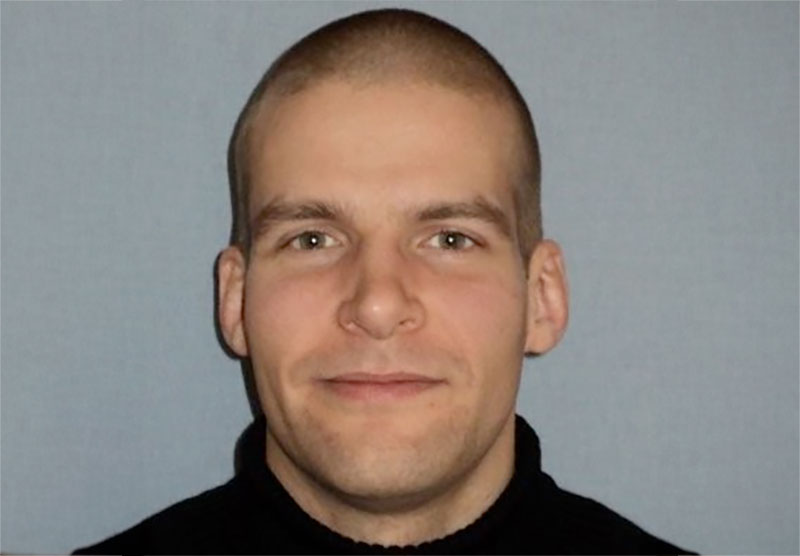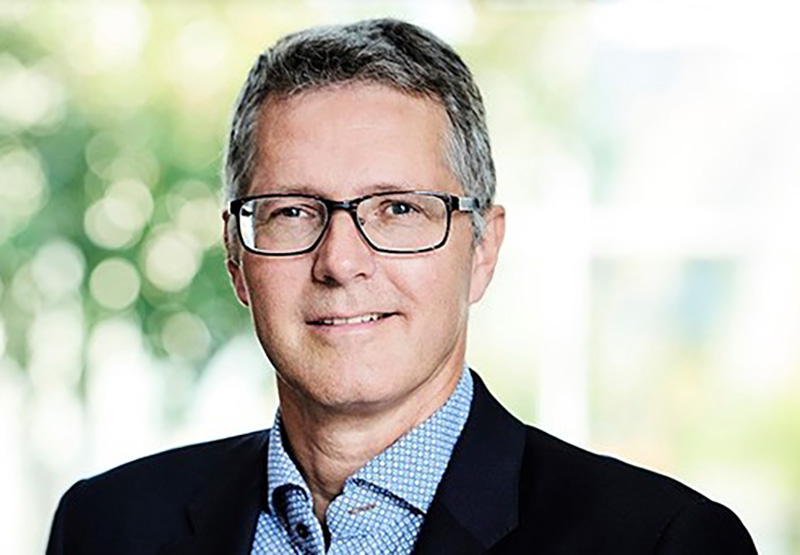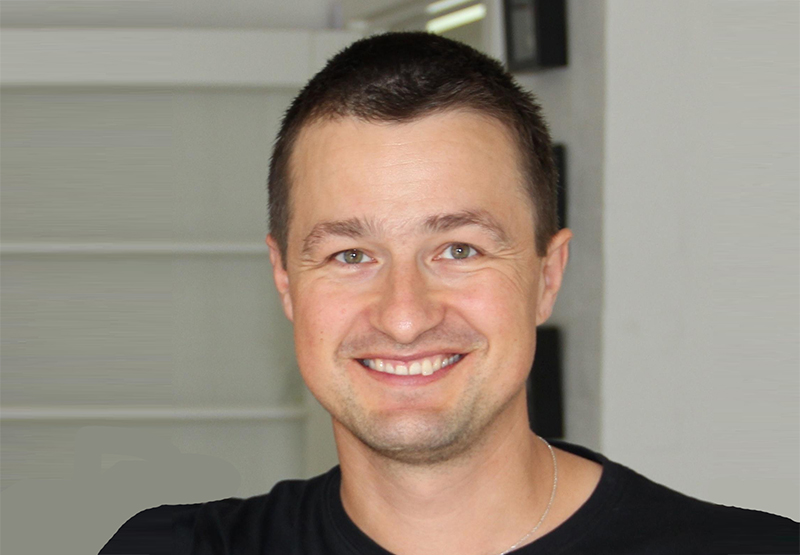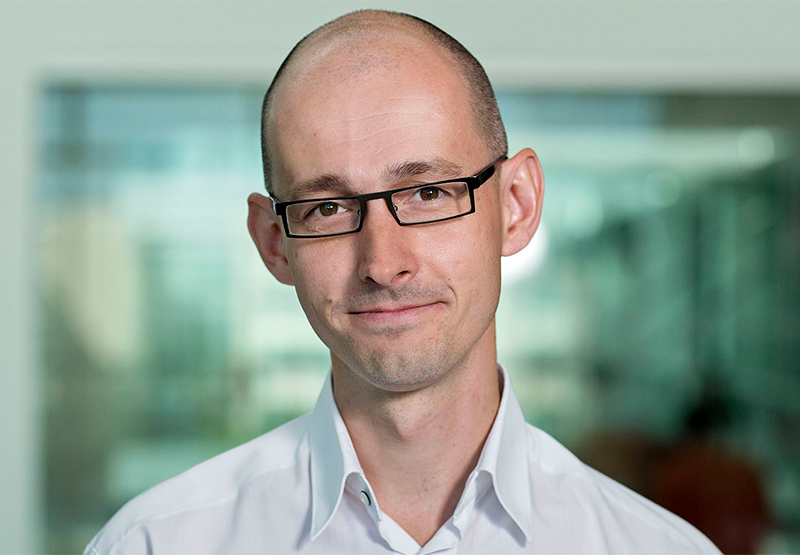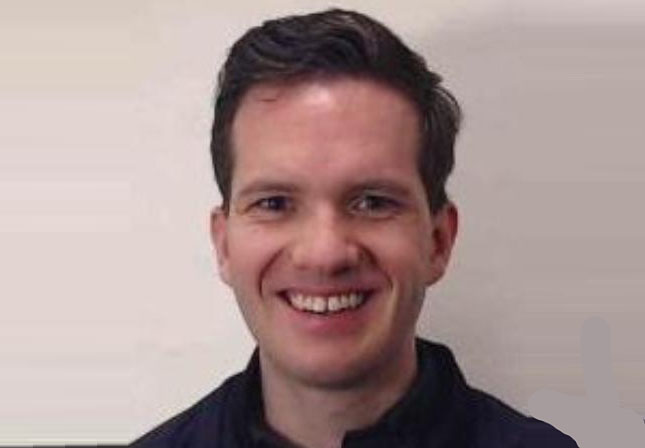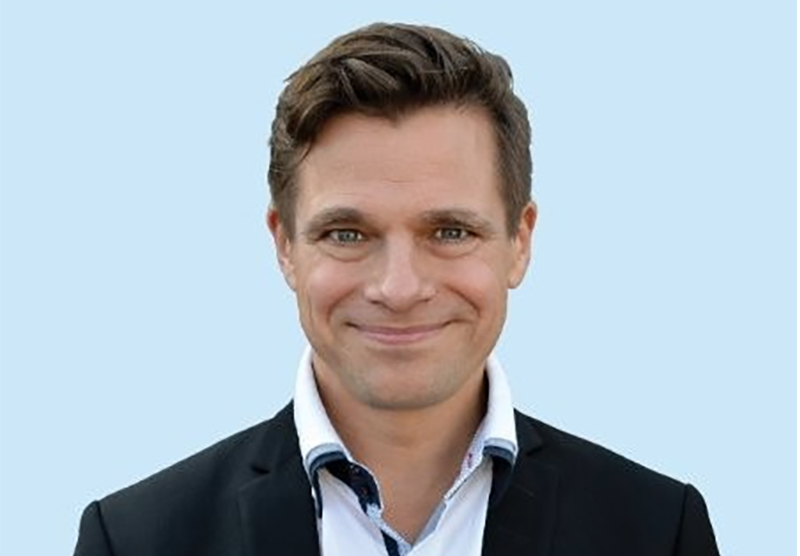DIREC-projekt
Business Transformation and Organisational AI-based Decision Making
Resumé
I dag er forretningsprocesser i private virksomheder og offentlige organisationer bredt understøttet af Enterprise Resource Planning, Business Process Management og Electronic Case Management systemer, der tages i brug med det formål at forbedre effektiviteten af forretningsprocesserne.
Resultat er dog ofte et stadig mere omfattende informationssystemlandskab, hvilket fører til ineffektivitet, begrænset forståelse af forretningsprocesser, manglende evne til at forudsige og finde årsagen til tab, fejl og svindel og manglende evne til at tilpasse forretningsprocesserne. Denne mangel på forståelse, smidighed og kontrol over forretningsprocesser lægger en stor byrde på virksomhederne og organisationerne.
Projektet har sammen med industrielle partnere til formål at udvikle metoder og værktøjer, der sætter industrien i stand til at udvikle nye effektive løsninger til at udnytte den enorme mængde forretningsdata, der genereres af disse systemer.
Projektperiode: 2021-2025
Budget: 16,8 millioner kr
Enterprise systems generate a plethora of highly granular data recording their operation. Machine learning has a great potential to aid in the analysis of this data in order to predict errors, detect fraud and improve their efficiency. Knowledge of business processes can also be used to support the needed transformation of old and heterogeneous it landscapes to new platforms. Application areas include Anti-Money-Laundering (AML) and Know-Your-Customer (KYC) supervision of business processes in the financial sector, supply chain management in agriculture and foodstuff supply, and compliance and optimisation of workflow processes in the public sector.
The research aim of the project to develop methods and tools that enable industry to develop new efficient solutions for exploiting the huge amount of business data generated by enterprise systems, with specific focus on tools and responsible methods for the use of process insights for business intelligence and transformation. Through field studies in organizations that are using AI, BPM and process mining techniques it will be investigated how organizations implement, use and create value (both operational and strategic) through AI, BPM and process mining techniques. In particular, the project will focus on how organizational decision-making changes with the implementation of AI-based algorithms in terms of decision making skills (intuitive + analytical) of the decision makers, their roles and responsibilities, their decision rights and authority and the decision context.
Scientific value
The scientific value of the project is new methods and user interfaces for decision support and business transformation and associated knowledge of their performance and properties in case studies. These are important contributions to provide excellent knowledge to Danish companies and education programs within AI for business innovation and processes.
Capacity building
For capacity building the value of the project is to educate 1 industrial PhD in close collaboration between CBS, DIKU and the industrial partner DCR Solutions. The project will also provide on-line course material that can be used in existing and new courses for industry, MSc and PhD.
Business and societal value
For the business and societal value, the project has very broad applicability, targeting improvements in terms of effectiveness and control of process aware information systems across the private and public sector. Concretely, the project considers cases of customers of the participating industry partners within the financial sector, the public sector and within energy and building management. All sectors that have vital societal role. The industry partner will create business value of estimated 10-20MDkr increased turnaround and 2-3 new employees in 5-7 years through the generation of IP by the industrial researcher and the development of state- of-the-art proprietary process analysis and decision support tools.
Værdi
Projektet vil udvikle metoder og værktøjer, der sætter erhvervslivet i stand til at udvikle nye effektive løsninger til at udnytte den enorme mængde forretningsdata, der genereres af virksomhedssystemer.
Deltagere

Project Manager
Arisa Shollo
Associate Professor
Copenhagen Business School
Department of Digitalization
E: ash.digi@cbs.dk
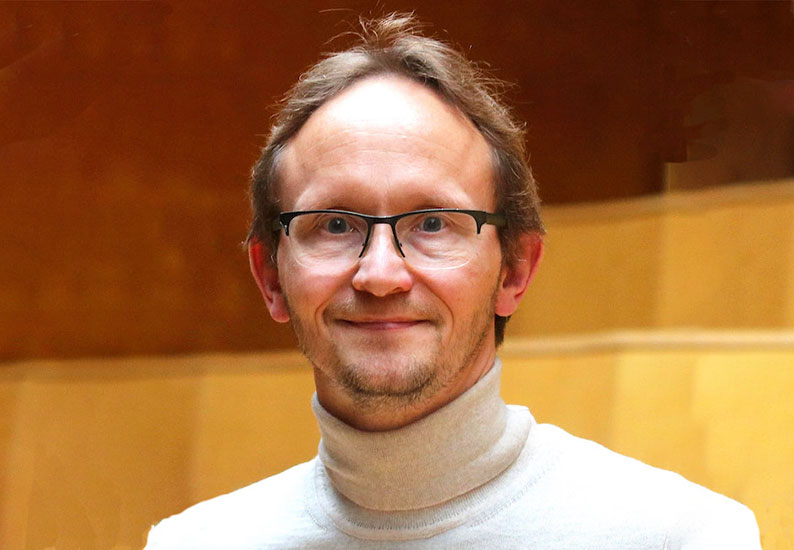
Thomas Hildebrandt
Professor
University of Copenhagen
Department of Computer Science

Raghava Mukkamala
Associate Professor
Copenhagen Business School
Department of Digitalization
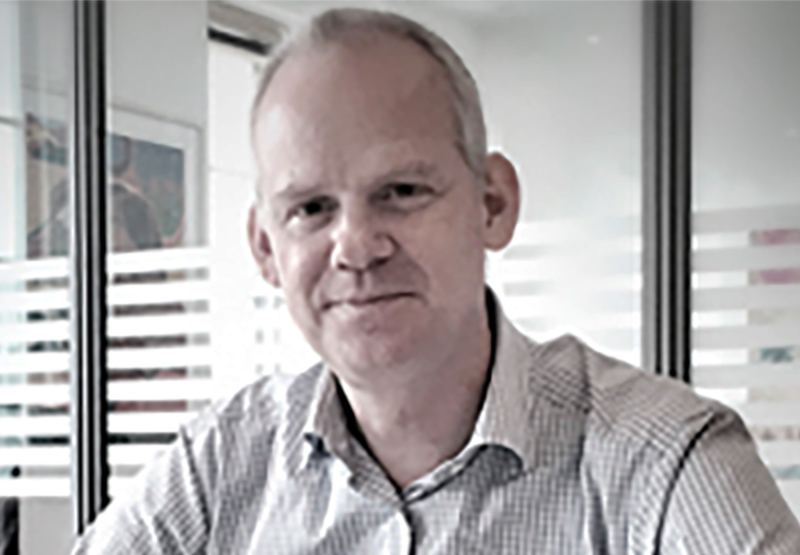
Morten Marquard
Founder & CEO
DCR Solutions
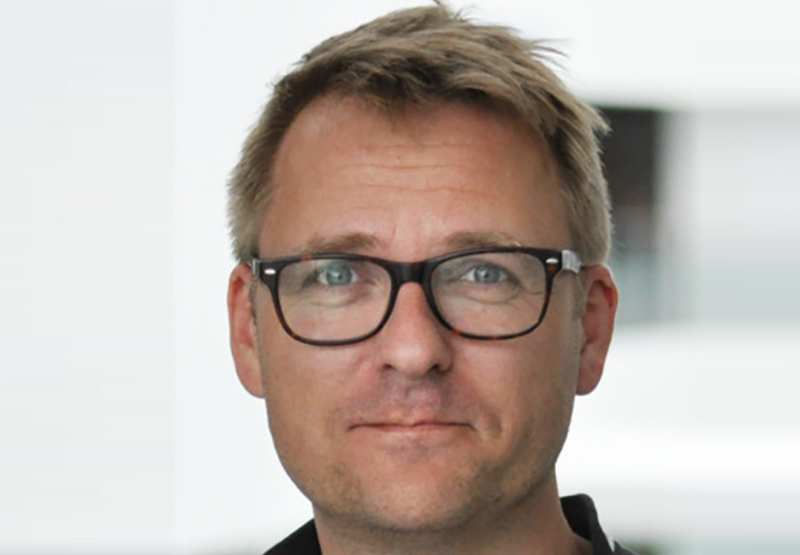
Søren Debois
CTO
DCR Solutions
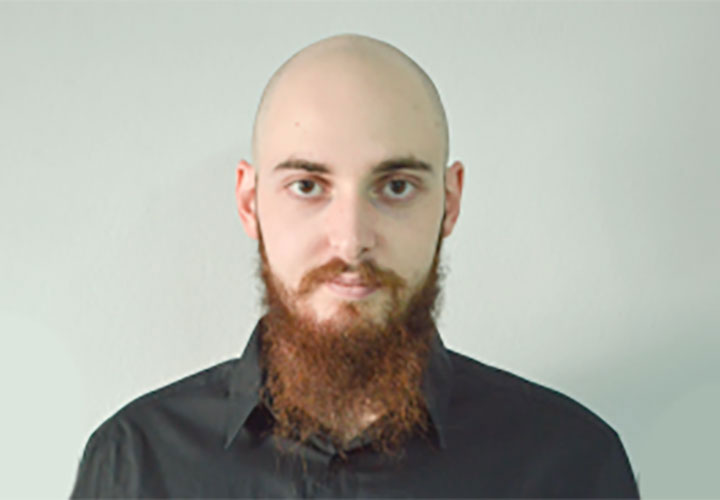
Panagiotis Keramidis
PhD Student
Copenhagen Business School
Department of Digitalization
Partnere









